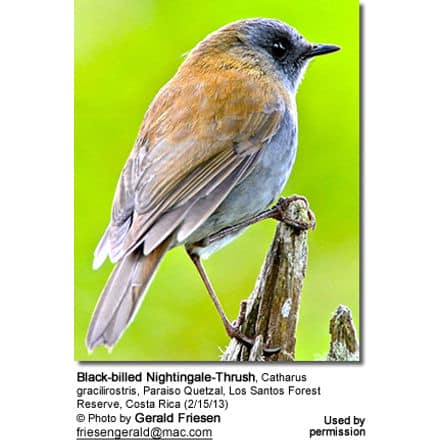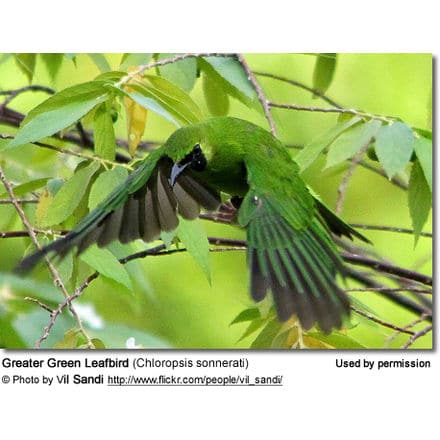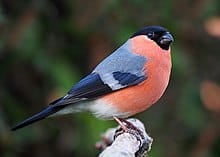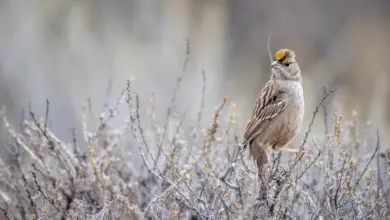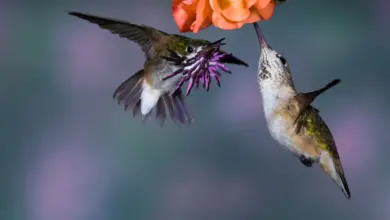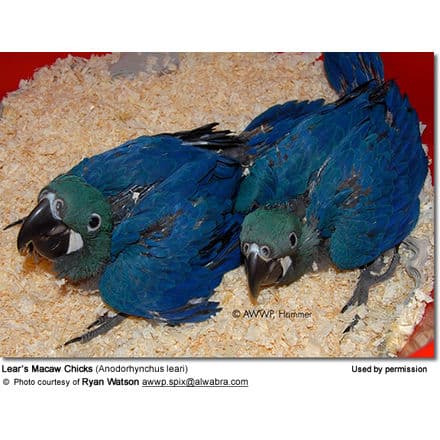Black-billed Nightingale-Thrushes or Slender-billed Nightingale-Thrushes (Catharus gracil
The Black-billed Nightingale-Thrush (Catharus gracilirostris) – also known Slender-billed Nightingale-Thrushes – occur naturally in Central America.
These birds are prolific singers and males, in particular, are known for their highly melodic songs that are heard over long periods. In spite of their remote habitats, these birds have shown to quickly grow confiding.
Distribution / Habitat
The Black-billed Nightingale-Thrushes are found in central Costa Rica – specifically in the area of Cordillera de Talamanca where populations exist at the Poás, Barva, Irazú and Turrialba volcanoes. Their range extends southeast into western Panama to the province of Chiriquí at the western coast of Panama.
They are common resident (non-migratory) birds within their limited range of only about 1500 sq. miles (3800 square kilometers). These Thrushes are restricted to the wet montane evergreen (oak) forests and thick páramo shrubs from about 4,500 feet (~1,350 meters) up to the timberline.
As they search for food, they also visit adjacent open areas, including pastures, roads and trails.
Subspecies and Ranges:
- Black-billed Nightingale-Thrush (Catharus gracilirostris gracilirostris – Salvin, 1865) – Nominate form
- Range: Humid montane forests of central Costa Rica
- Black-billed Nightingale-Thrush (accentor) (Catharus gracilirostris accentor – Bangs, 1902)
- Range: Humid montane forests of western Chiriquí in western Panama
- ID: Upper plumage is slightly more rufous; the breast band is paler; and the legs are darker compared to the nominate form from Costa Rica
- Black-billed Nightingale-Thrushes (bensoni) (Catharus gracilirostris bensoni – Griscom, 1924)
- Range: Humid montane forests of eastern Chiriquí in western Panama
- ID: Blackish brown forecrown; dark reddish brown chest band
Description
Size
This medium-sized, chunky thrush measures 5.4 to 6.3 inches (~ 13.5 – 16 cm) in length, including the tail.
The average weight is 0.7 ounces (~21 grams).
Plumage Details / Adults
The upper plumage is olive-brown, turning slightly reddish on the tail. The crown and the cheeks are grey. They have pale grey eye-rings. The plumage below is whitish except for the grey flanks and greyish-brown chest with darker spots.
Other Physical Details
- The eyes (irises) are dark brown.
- The bill is black
- The long, skinny legs range in color from pinkish to dark grey
- The wings are short and round
- Their flights are short and slow
- Often flicks its wings and cocks its tail
- Ground feeder, often hops on the ground as it pursues prey
Juvenile Description
The immature bird has a darker, sooty grey head and throat and is darker below. The upper plumage is duller and more orange tinged than that of the adult. The wing coverts (feathers) have pale edges. It has a brown chest band. The abdomen is marked with brown. There is a washed spotting on the chest and the upper abdomen.
Similar Species
- The Grey-cheeked Thrush is slightly smaller.
- The Ruddy-capped Nightingale-Thrushes is larger and paler, and has a bright orange lower bill. The Black-billed has a black bill and the dark grey face and crown
Diet / Feeding
Black-billed Nightingale-Thrushes mostly feed on insects (both adult and larvae), spiders, small fruits and berries – alone on in pairs. Most of the prey is swallowed whole.
Breeding / Nesting
They construct bulky cup nests out of vegetation, such as mosses and roots. The nests are lined with grasses, lichens and small rootlets.
Nests are generally placed in concealed locations, about 3 – 16 feet (~ 1 – 5 meters) high in small trees or in scrub.
The typical clutch consists of two greenish-blue eggs with brown marks.
Calls / Vocalizations / Sounds
lternate (Global) Names
Chinese: ???? … Czech: Drozd šedohrdlý … Danish: Sortnæbbet Skovdrossel … Dutch: Grijskeeldwerglijster … Finnish: Panamanrastas French: Grive / Grivette à bec noir … German: Graukehl-Musendrossel … Italian: Tordo usignolo beccofine / becconero … Japanese: hashigurochatsugumi … Norwegian: Svartnebbskogtrost … Polish: drozdek cienkodzioby … Russian: ??????????? ???????-????? … Slovak: drozd hájový … Spanish: Zorzal piquinegro, Zorzalito Piquinegro … Swedish: Svartnäbbad skogstrast
Species Research by Sibylle Johnson
Overview … Alternate (Global) Names
Distribution / Habitat … Subspecies, Ranges and ID
Description … Calls / Vocalizations
Breeding / Nesting … Diet / Feeding
Please Note: The articles or images on this page are the sole property of the authors or photographers. Please contact them directly with respect to any copyright or licensing questions. Thank you.

